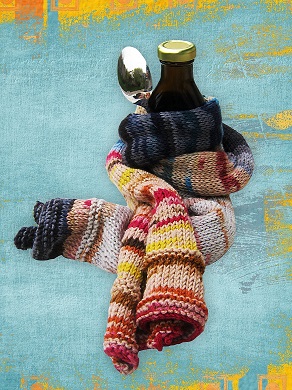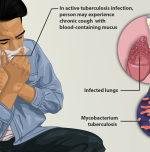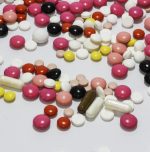Alert: Contaminated cold syrup from Indian Pharma raises concerns

The World Health Organisation (WHO) has sounded the alarm over a batch of contaminated common cold syrup produced by Fourrts (India) Laboratories.
This development underscores the critical need for stringent quality control in the pharmaceutical industry.
The WHO’s concern stems from a particular batch of Cold Out syrup in Iraq, which was brought to its attention on July 10.
The product, manufactured by Fourrts (India) Laboratories is commonly used to alleviate symptoms of the common cold and allergies.
The alarm was raised after laboratory analysis of a sample of Cold Out syrup obtained from Iraq revealed distressing findings.
The sample contained alarming levels of diethylene glycol (0.25 per cent) and ethylene glycol (2.1 per cent) as contaminants.
These levels far exceeded the acceptable safety limit of 0.10 per cent for both substances.
Worryingly, both the manufacturer and the marketer have failed to assure the WHO of the product’s safety and quality.
This raises significant concerns about the oversight and diligence exercised by the involved parties in ensuring the well-being of consumers.
This incident is not isolated. In recent times, the WHO has encountered similar issues with pharmaceutical products from India.
Many such incidents have been reported since September of the previous year.
WHO flagged some products as well.
This situation underscores the vital role that international health organizations play in monitoring and safeguarding public health.
It also highlights the necessity for rigorous quality control measures within the pharmaceutical industry, particularly when producing products intended for consumption.
The case of the contaminated cold syrup in Iraq serves as a stark reminder of the potential dangers posed by substandard or contaminated medical products.
Manufacturers and marketers must prioritize and uphold the safety and quality of their products, adhering to internationally accepted standards.
Only through such unwavering commitment can we prevent such incidents from compromising public health and well-being.
Image from Pxhere (Free for commercial use / CC0 Public Domain)
Image Reference: https://pxhere.com/en/photo/1133065









Leave a Reply